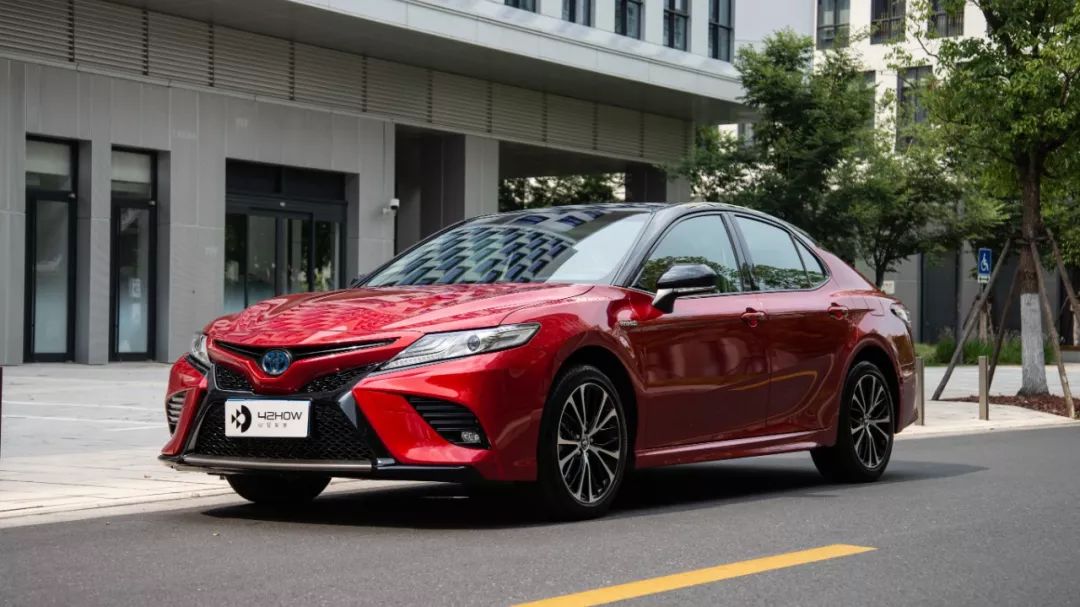Recently, we borrowed a 2019 Toyota Camry Hybrid. However, when I saw this car in the parking lot, I had a hard time associating the name “Camry Hybrid” with the car in front of me. In my mind, the Camry should not be a black, slightly greasy but very comfortable and fuel-efficient car, right?
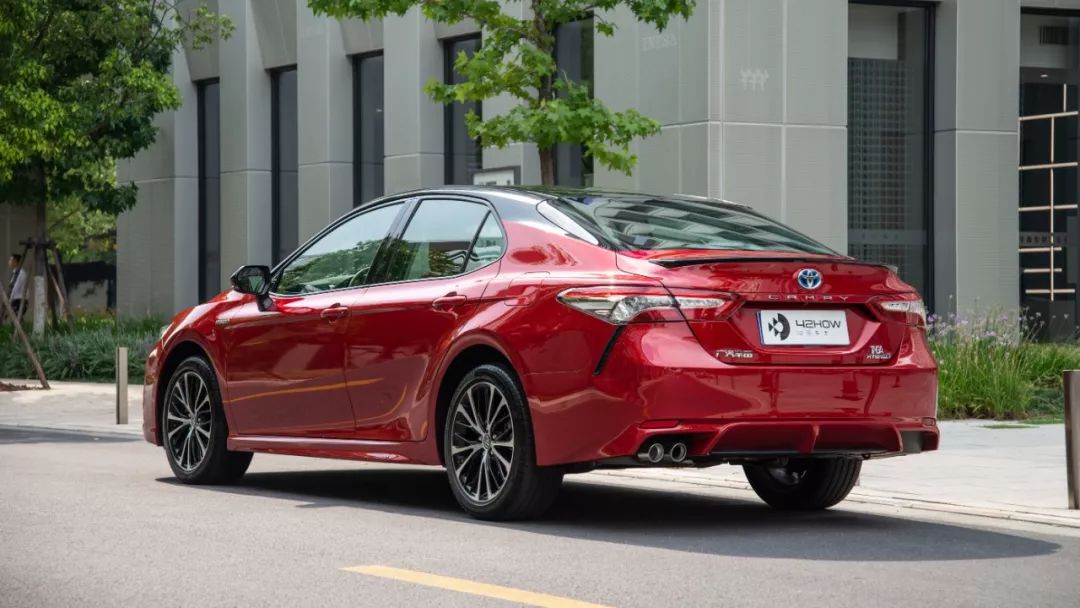
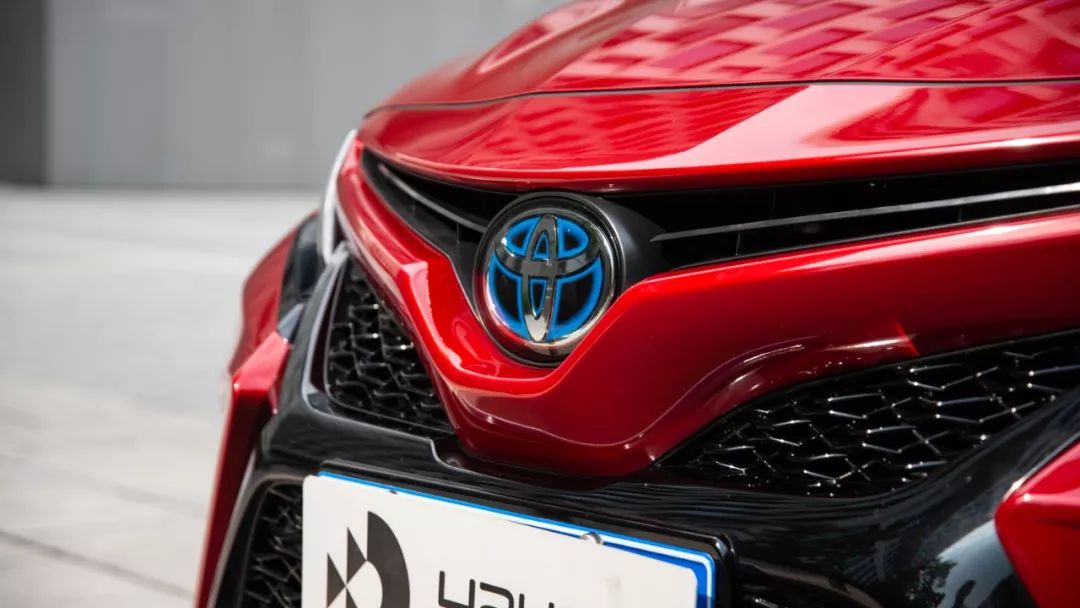
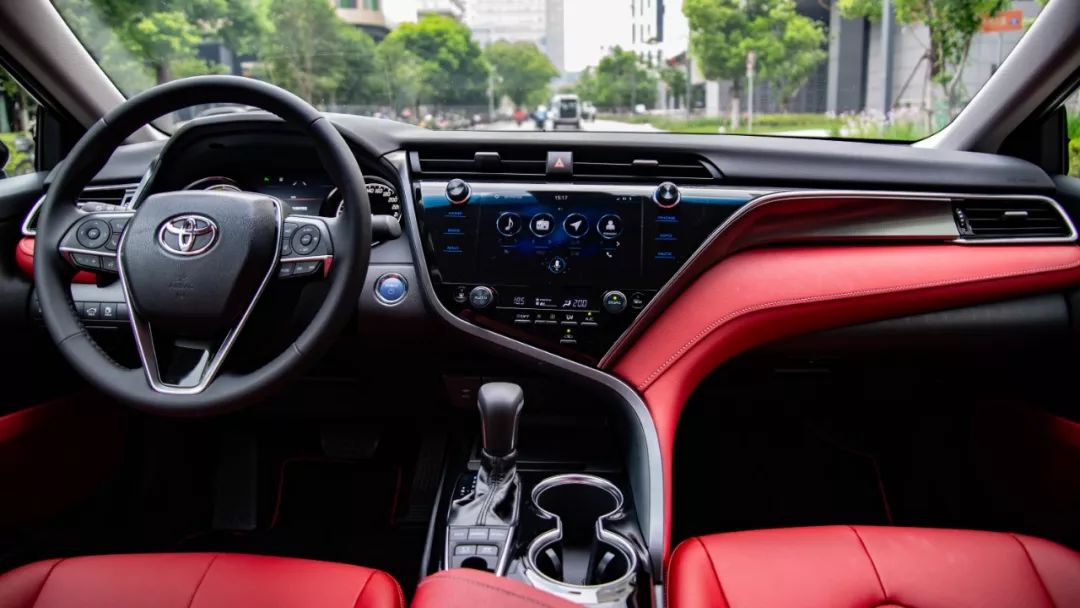
Looking at this Camry in front of me, the front face with sharp corners, the rich and sharp body lines, the single-sided dual exhaust, the black ducktail, the multi-color wheels, the black and red two-tone paint, and the black and red interior all seem to express sportiness, youthfulness, and vitality. Especially the red paint that is more vivid than red lips under the sunlight is enough to make a young person in their twenties waver.
After calming down, I thought carefully. I came to explore the secret of the fuel-saving hybrid system of Toyota. I looked at the “HYBRID” logo on the rear of the car, the blue start button representing environmental protection in the car, and the instrument panel with the “CHG” logo. Yes, you are what I’m looking for.
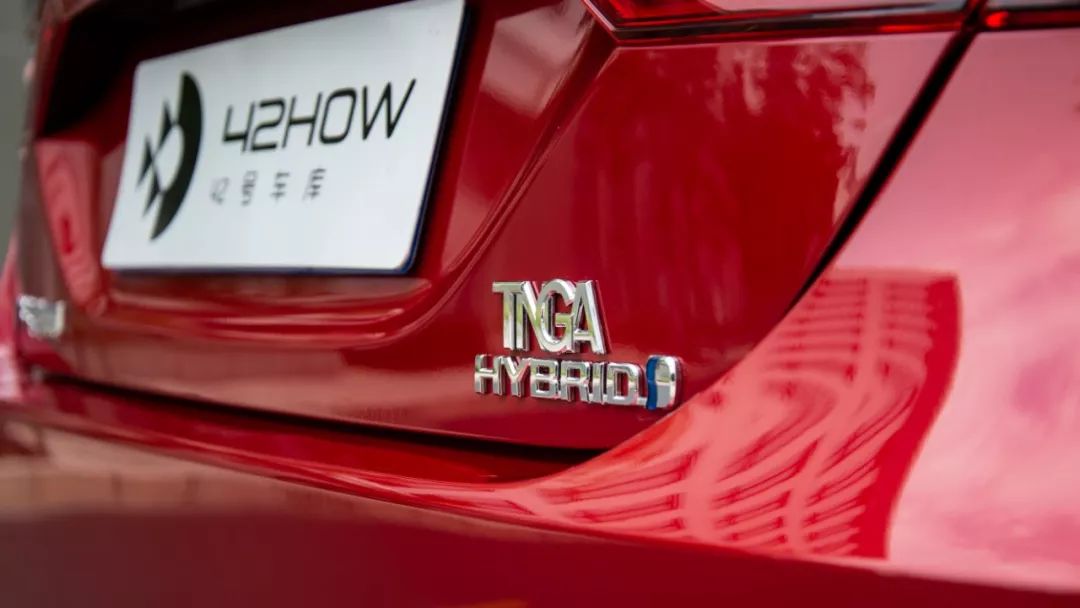
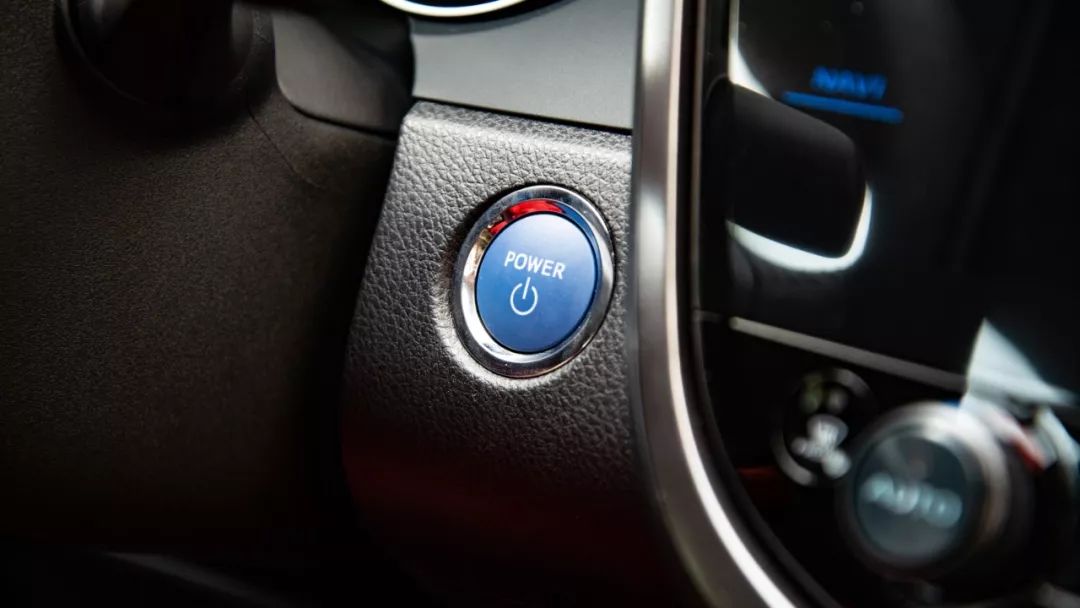
The hybrid technology (THS: Toyota Hybrid System) mounted on the Toyota Camry Hybrid dates back to the first-generation Prius model in 1997. It has a history of more than 20 years. Although Toyota has been updating and optimizing this system for 20 years, I’m still curious: is the eighth-generation Camry Hybrid, dressed in a sporty outfit, fuel-efficient? Has there been no better system in the past 20 years to replace THS? Can an old man still create miracles?
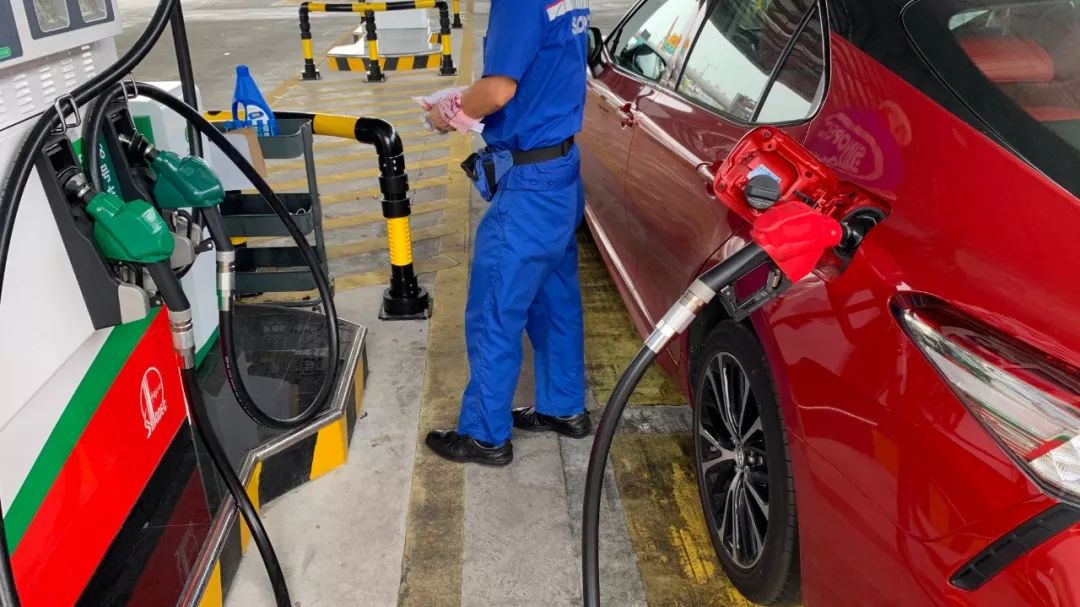 After testing, I abandoned the idea of measuring the fuel consumption of this eighth-generation Camry with dual engines based on the TNGA architecture. Its highway fuel consumption is 5.2 L/100 km, and its city fuel consumption is 6.0 L/100 km, which is excellent.
After testing, I abandoned the idea of measuring the fuel consumption of this eighth-generation Camry with dual engines based on the TNGA architecture. Its highway fuel consumption is 5.2 L/100 km, and its city fuel consumption is 6.0 L/100 km, which is excellent.
A few more words on this: the fuel consumption test was conducted on highways and city roads respectively, at a distance of about 100 km each, and the amount of fuel was calculated based on the fuel added before and after the test to ensure a fuel consumption per 100 km ratio. The air conditioner was set at 22 ℃ with the fan at the second level throughout the test.
Two conclusions were drawn: first, the Camry hybrid is a very fuel-efficient vehicle; second, the display fuel consumption of the Camry is almost the same as the actual fuel consumption (Highway display: 5.2 L/100 km, City display: 5.8 L/100 km).
However, every time the gas station employee looks at me with a strange look…

Let’s get back to this hybrid system now. The Camry with dual engines has a hybrid system consisting of a 2.5 liter naturally aspirated engine (code-named A25B), two electric motors, and a nickel-hydrogen battery located under the rear seat.
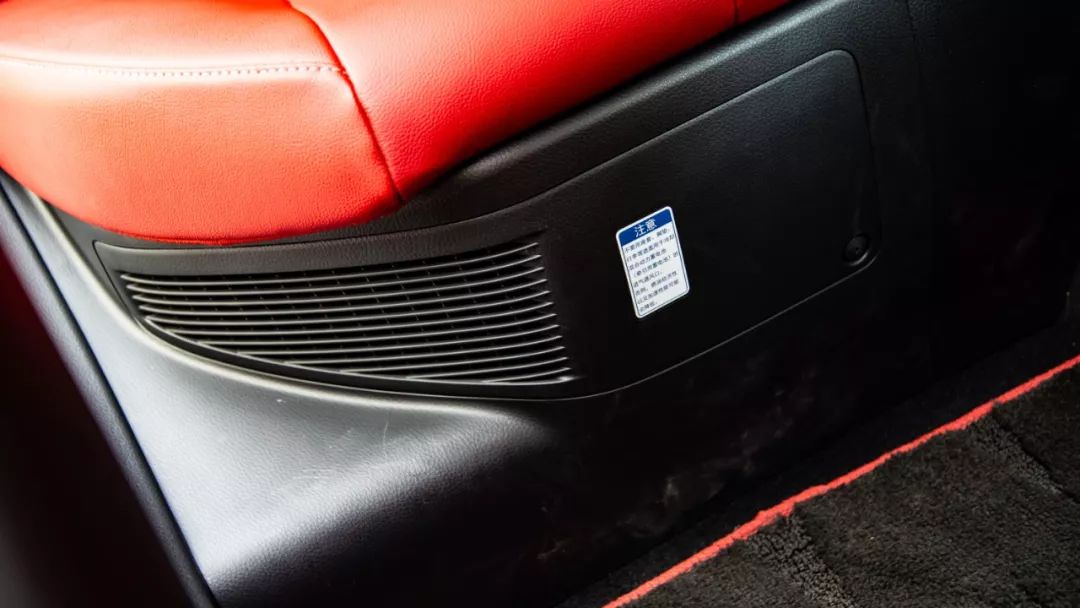
The performance parameters of this 2.5-liter naturally aspirated engine are mediocre, with a maximum power of 131 kW and a maximum torque of 221 N·m, but it achieves an astonishing fuel combustion efficiency of 41%, using only 92-octane gasoline.
The peak power of the electric motor used to drive the vehicle is 88 kW, and the peak torque is 202 N·m, with a maximum output power of the system being 160 kW. It is coupled with a nickel-hydrogen battery with a capacity of 221 Ah, which has a small capacity and cannot be charged by an external power source.
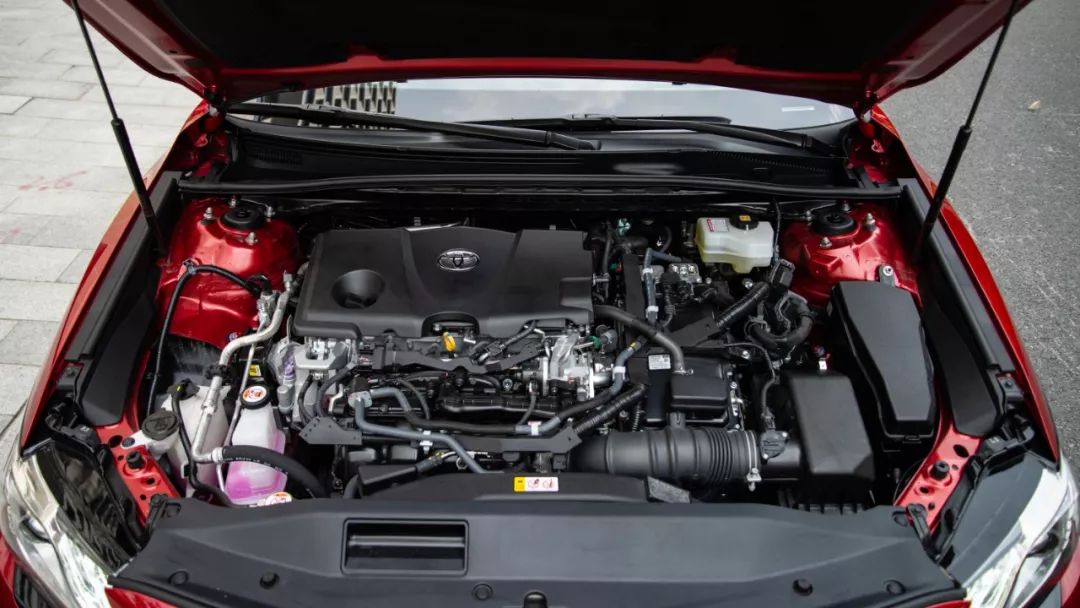
From a hardware perspective, this THS system is not much different from most plug-in hybrid models in China, consisting of an engine, a battery pack and two electric motors. However, it outperforms them in smoothness and economy, and the reason is twofold.
The first reason is a more reasonable hardware layout.Most of the current plug-in hybrid models in China adopt the P0+P4 motor layout. The P0+P4 refers to a start/generator integrated motor connected to the engine belt pulley working with an independent motor located at the rear axle, and the engine and motor work relatively independently.
However, the THS system eliminates the transmission and uses a set of planetary gear trains to combine the power of the two motors and the engine together, achieving coordinated driving between the motor and the engine.
From this point of view, it is difficult to directly judge which one is more fuel-efficient. The core lies in the operating logic, but hardware layout is the foundation of the operating logic.
The second point is a more reasonable operating logic. Before discussing the operating logic, it is necessary to clarify the meaning of the hybrid system. In the daily driving process, the engine is not always in a steady speed range, and the efficient operation range of the engine is very limited. Too low or too high speeds are not conducive to the fuel economy of the engine.
In plain language, the fuel economy of the engine is relatively poor during idle, acceleration, and sudden acceleration conditions. Therefore, plug-in hybrid models hope to use the motor to replace these working conditions, so that the engine can always operate efficiently and achieve the goal of improving fuel economy.
However, many plug-in hybrid models are only hybrids for the sake of being hybrids and have not achieved higher quality complementarity. They can only achieve good performance and fuel economy when the battery is charged. But when the battery is depleted, the engine not only needs to drive the vehicle itself but also needs to drag tens or even hundreds of kilograms of electric drive structures. Therefore, it is difficult to achieve good fuel economy performance when the battery is depleted.
Toyota’s THS system achieves the goal of improving fuel economy through the synergy of the engine and the electric motor.
As for the details of how the planetary gear train works, there are four points to note. First, Toyota calls this thing E-CVT, but it has nothing to do with the traditional CVT transmission. Second, due to the existence of the planetary gear train, the operation of the two motors and the engine is always interrelated. Third, because it is always interrelated, there is no problem of speed difference during the power connection, so the switch between the motor and the engine during driving is very smooth. Fourth, just drive the car and don’t worry about whether to use oil or electricity. Of course, the system does not give the driver the right to choose, and the PCU (Power Control Unit) decides for you.
Next, the following sections will focus on how this system works in various operating conditions.Start-up phase: The vehicle will use pure electric start-up as long as the battery pack has sufficient power, avoiding engine intervention. The engine only intervenes when the vehicle speed reaches 20-30 km/h.
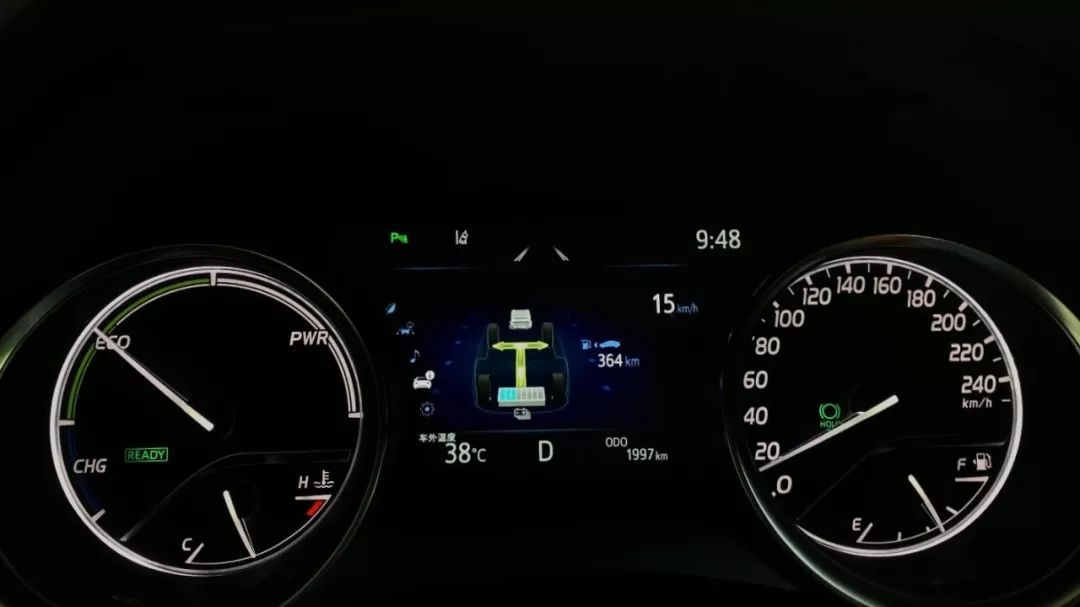
In most cases, the battery power is sufficient to drive the vehicle for start-up. However, if the vehicle stops for a long time with the air conditioning on, the battery pack will quickly consume power to a low level. At this time, the engine will actively intervene and increase the speed to slightly above 1000 rpm. On the one hand, it provides the existing electrical demand, and on the other hand, it replenishes the battery pack. This working condition is similar to the idle state of most fuel vehicles, but with a higher speed.
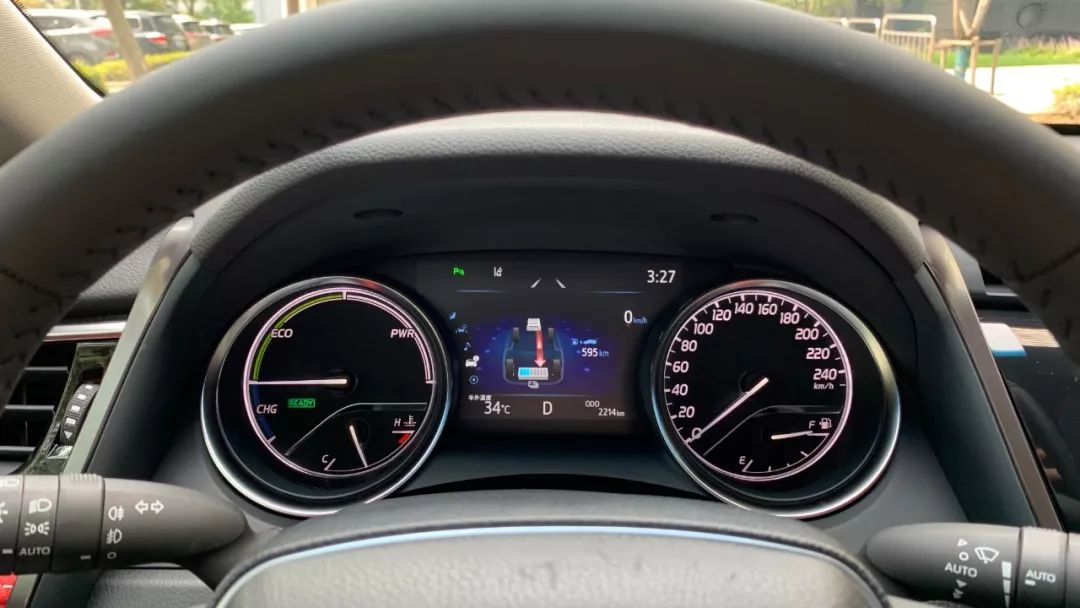
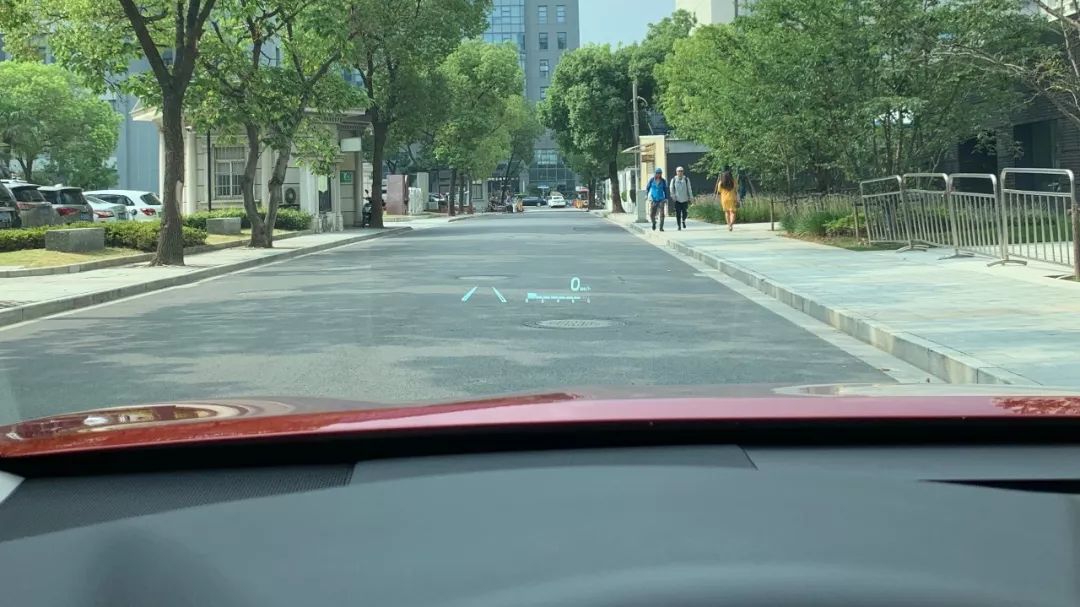
During start-up at this time, the engine will use part of the power to drive the vehicle and another part to charge the battery.
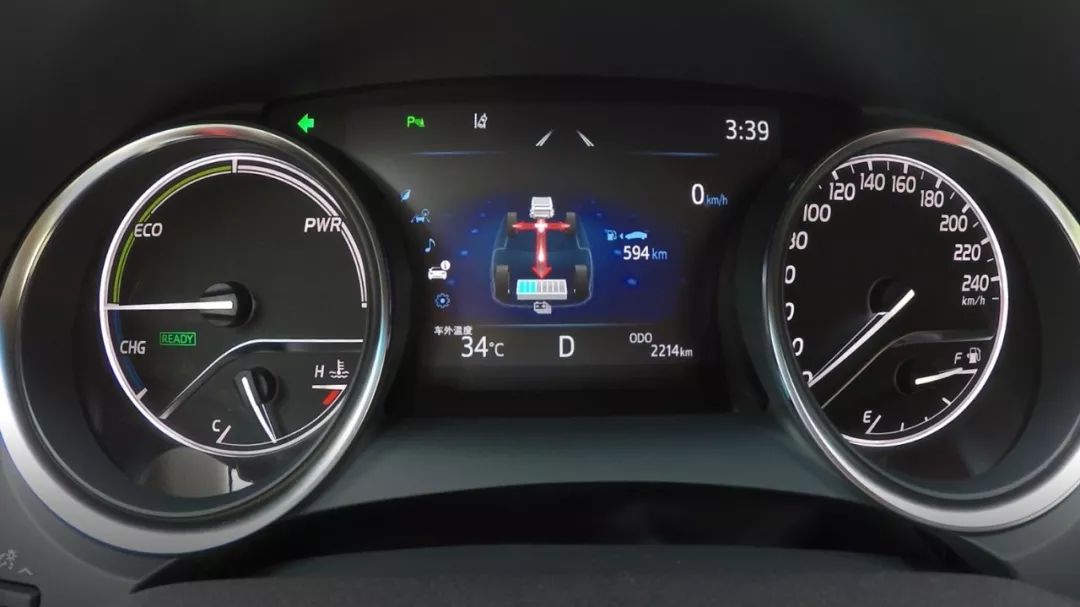
Normal driving phase: After starting up and the vehicle speed reaches above 20 – 30 km/h, the discharge capacity of the battery and the power of the motor are difficult to meet the driver’s power demand. Therefore, the engine will actively intervene and maintain a high efficiency speed. If the engine load is light and the engine power is excessive, the PCU will use part of the power to drive the vehicle and another part to generate electricity, which will be stored in the battery pack.
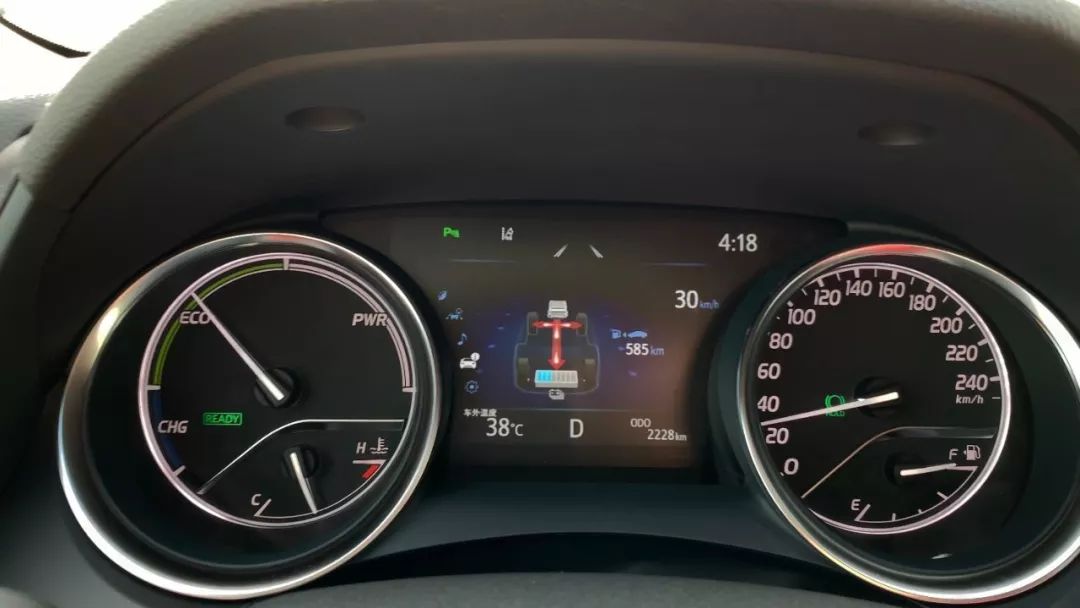
If the load is heavy, the engine speed and output power remain unchanged, and the power shortage will be supplemented by the motor.
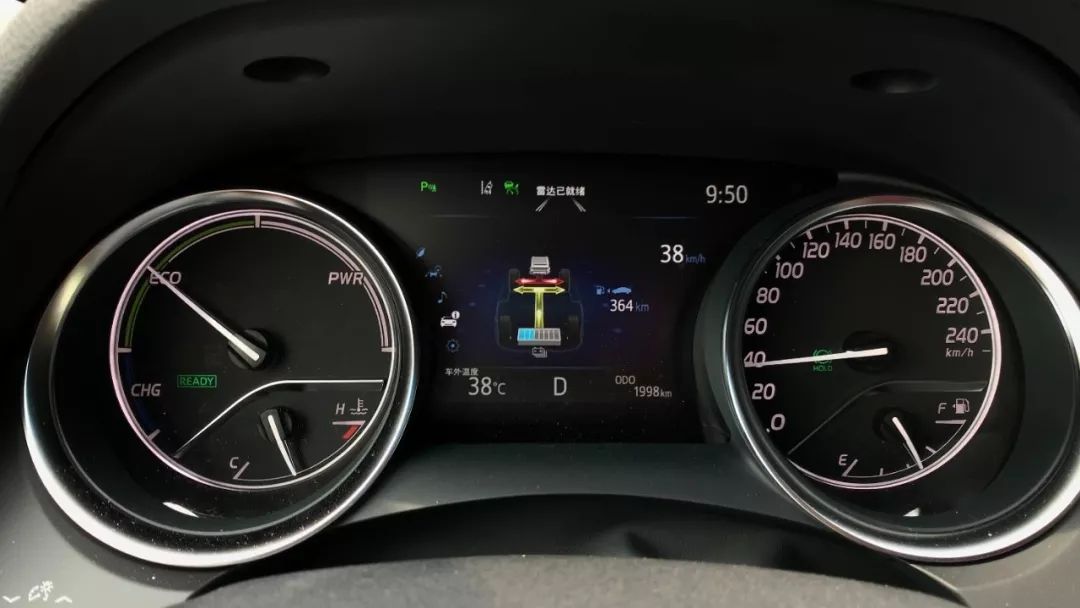 Of course, if there is a high demand for power, the PCU will quickly increase the engine speed, and the engine and motor will output power at the same time to meet the driver’s power needs.
Of course, if there is a high demand for power, the PCU will quickly increase the engine speed, and the engine and motor will output power at the same time to meet the driver’s power needs.
This is also the case under high-speed conditions. Maintain a constant speed and dynamically adjust the output ratio of the engine and motor based on road conditions and the driver’s power needs.

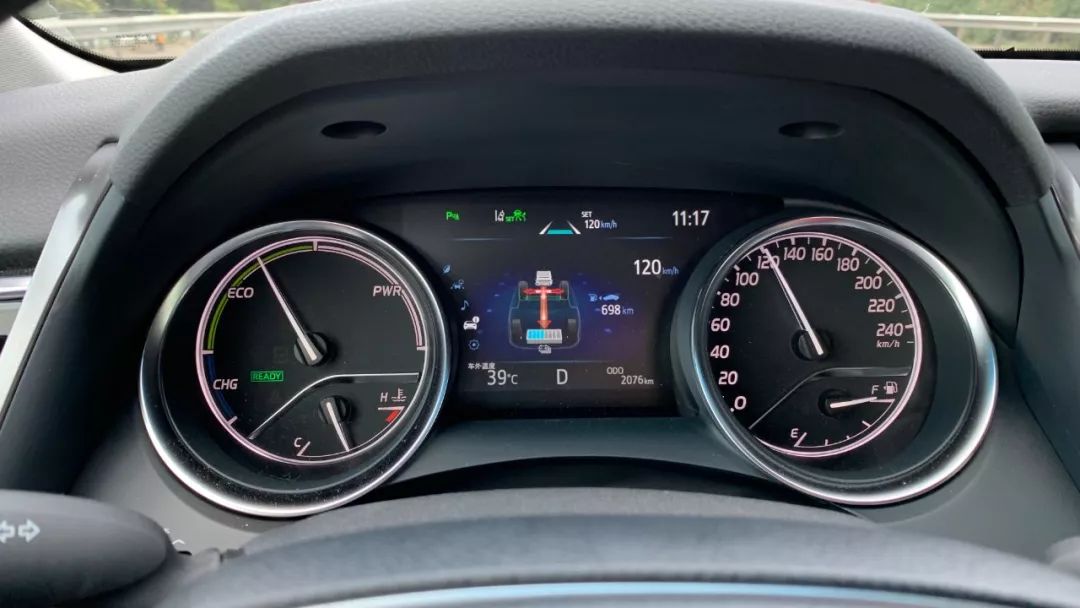
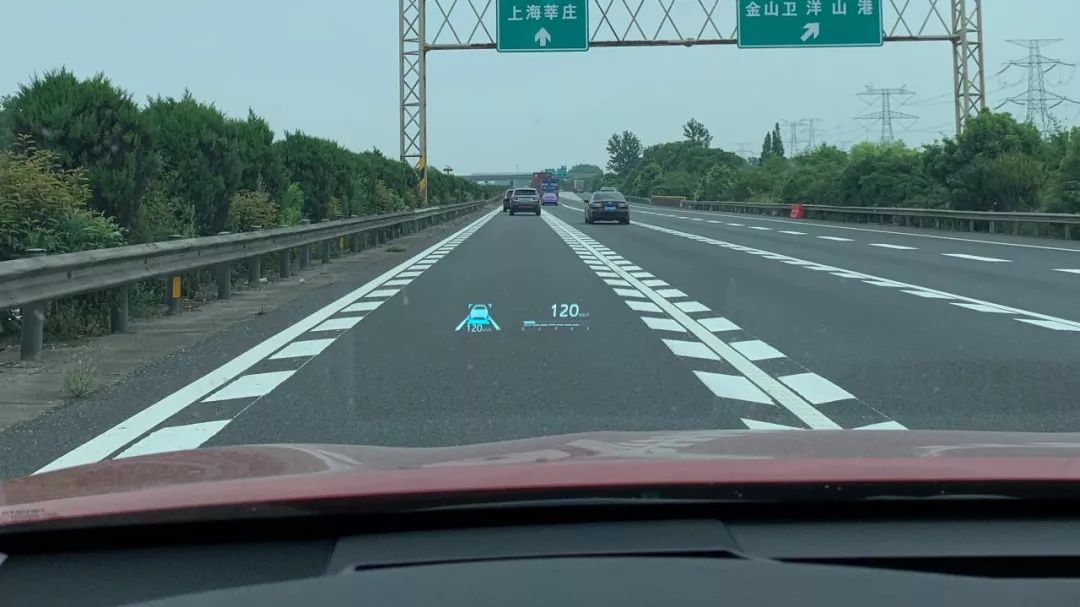
Coasting/deceleration condition: Under the coasting and deceleration conditions, the engine is shut down to maximize fuel savings.
In the coasting state, the energy flow display on the instrument panel is in the kinetic energy recovery mode, but the overall deceleration is very small, and the pointer on the instrument panel only slightly leans towards CHG, and the driver will not have a significant feeling.
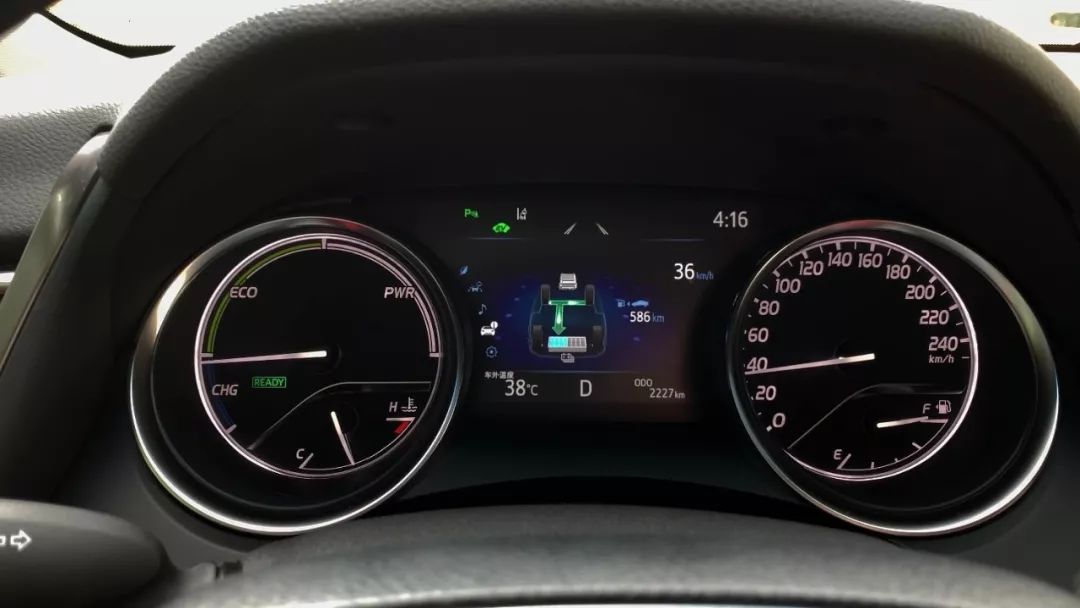
With such a slight deceleration, the recovered kinetic energy is of course minimal. Toyota combines most of the recovered kinetic energy with the brake pedal. As the brake pedal is pressed more deeply, the power of energy recovery gradually increases. For drivers who are not used to energy recovery, this design can retain the original driving experience while recovering energy.
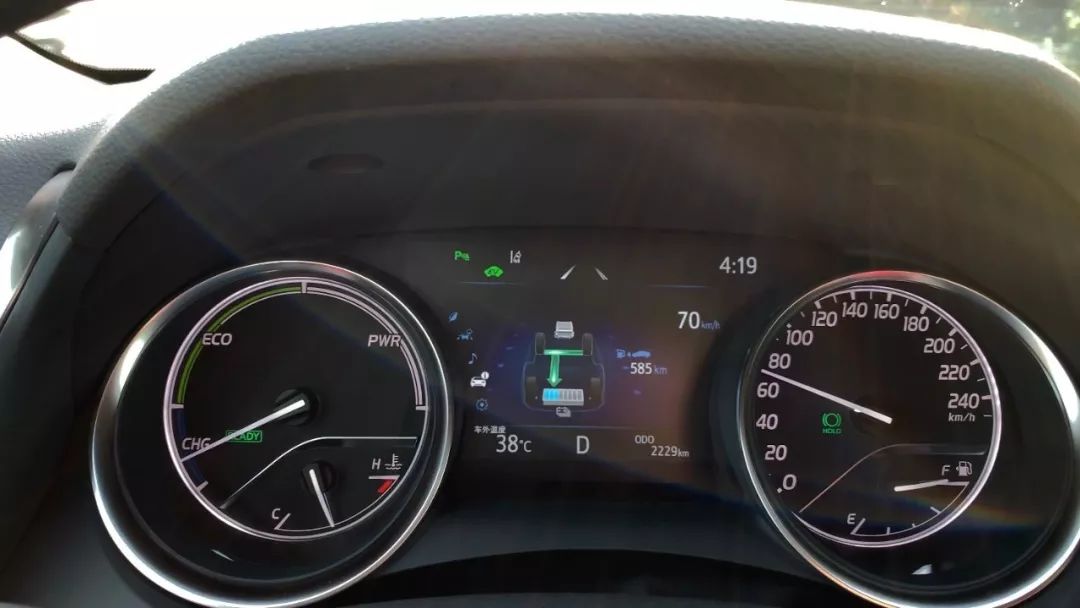
In addition, the ACC adaptive cruise control, which can only be activated when Camry exceeds 50 km/h, is also combined with energy recovery.
To sum up the logic of the THS system, first, a large battery pack provides the power demand for air conditioning and other car electrical equipment in a short time, avoiding the uneconomical idle of the engine; second, the electric motor and battery pack replace the engine to complete the start-up action; during daily driving, the PCU ingeniously controls the output power of the engine and electric motor to maintain the engine speed in the high-efficiency range, and any excess or insufficient power is digested or supplemented by the electric motor.The biggest hero who made all this happen is the smart PCU and the ingeniously structured planetary gear.
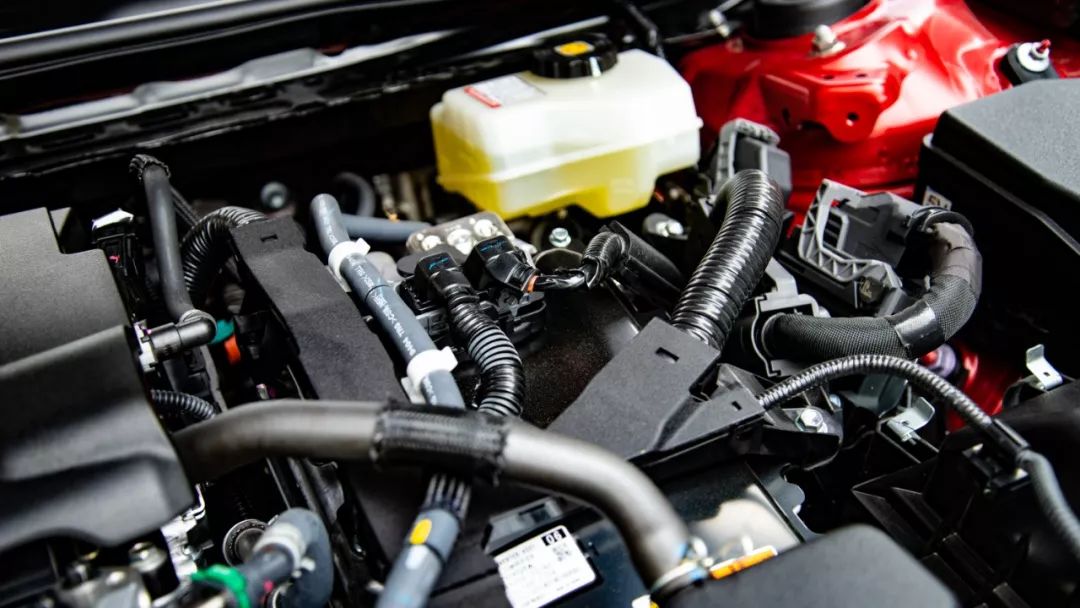
After talking about this car’s hybrid system, let me briefly mention the driving experience.
Basic laws of science still apply, and it already has outstanding fuel efficiency, so its power performance is doomed to be relatively laid-back, despite having a very sporty appearance. Nevertheless, the Camry remains a car more suited for comfortable and laid-back driving. The only minor issue in terms of driving is the slight jerkiness in the transition between electrical braking and mechanical braking at the beginning of braking.
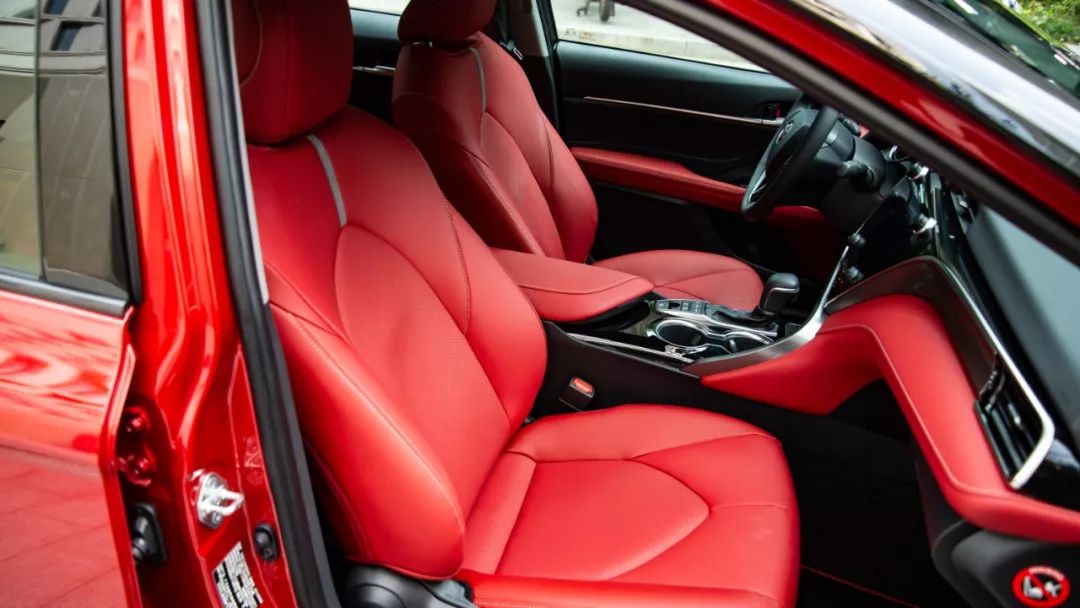
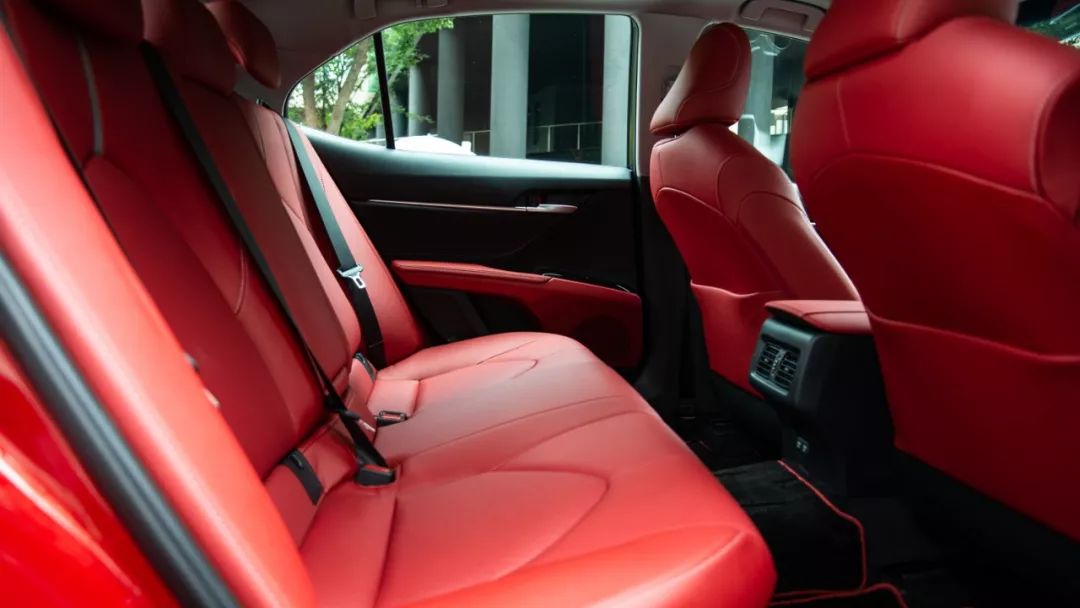
Just look at the Corolla and Levin in non-restricted license plate cities. They ably demonstrate that even though Toyota’s hybrid system cannot obtain national new energy subsidies, it is indeed a tool for saving fuel. THS has dominated the market for more than ten years, and there is no opponent that can match or surpass it, right?
Wrong. Honda’s iMM-D hybrid system.
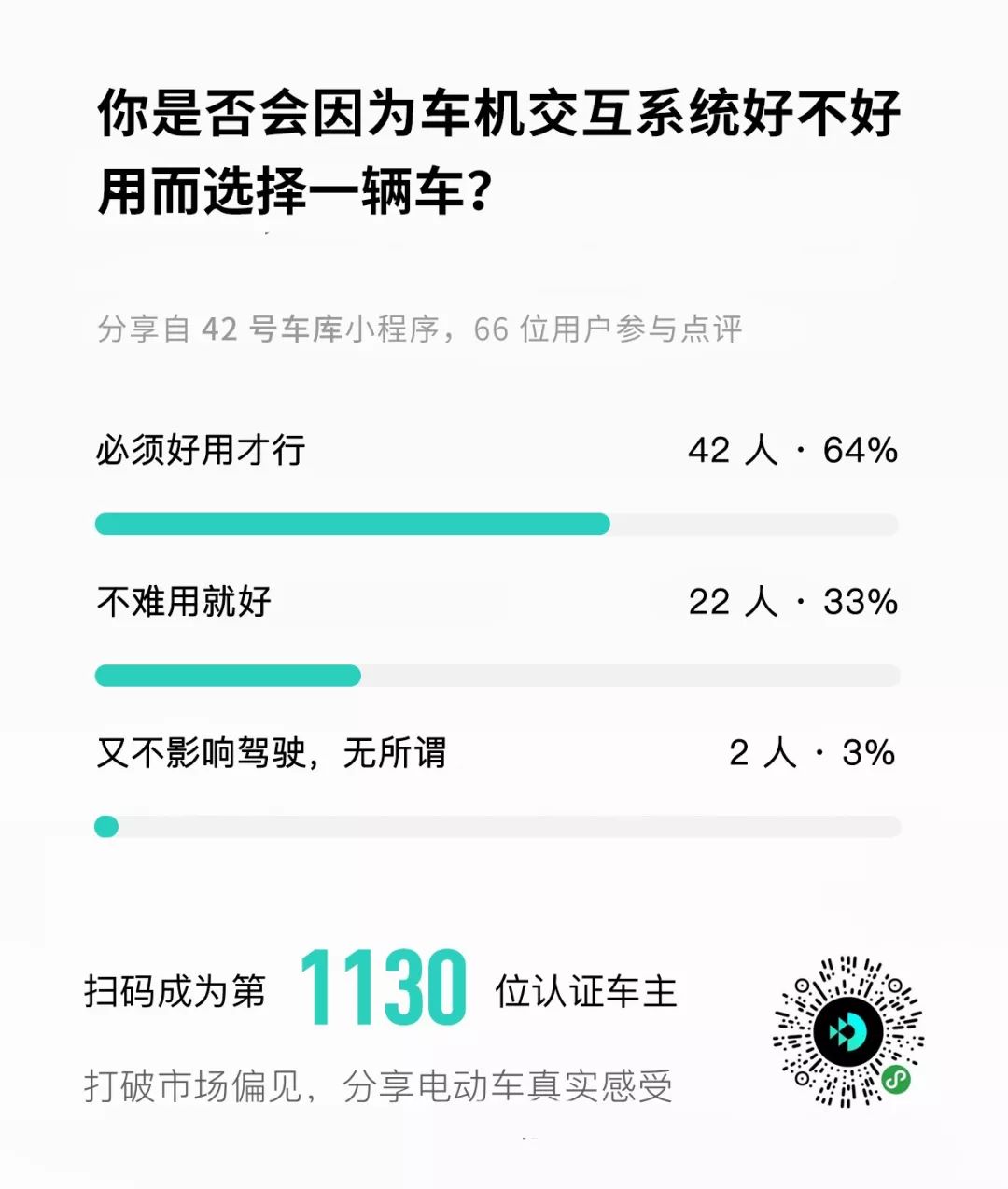

 * Three-minute Introduction to Extended-range Electric Vehicles
* Three-minute Introduction to Extended-range Electric Vehicles

This article is a translation by ChatGPT of a Chinese report from 42HOW. If you have any questions about it, please email bd@42how.com.
